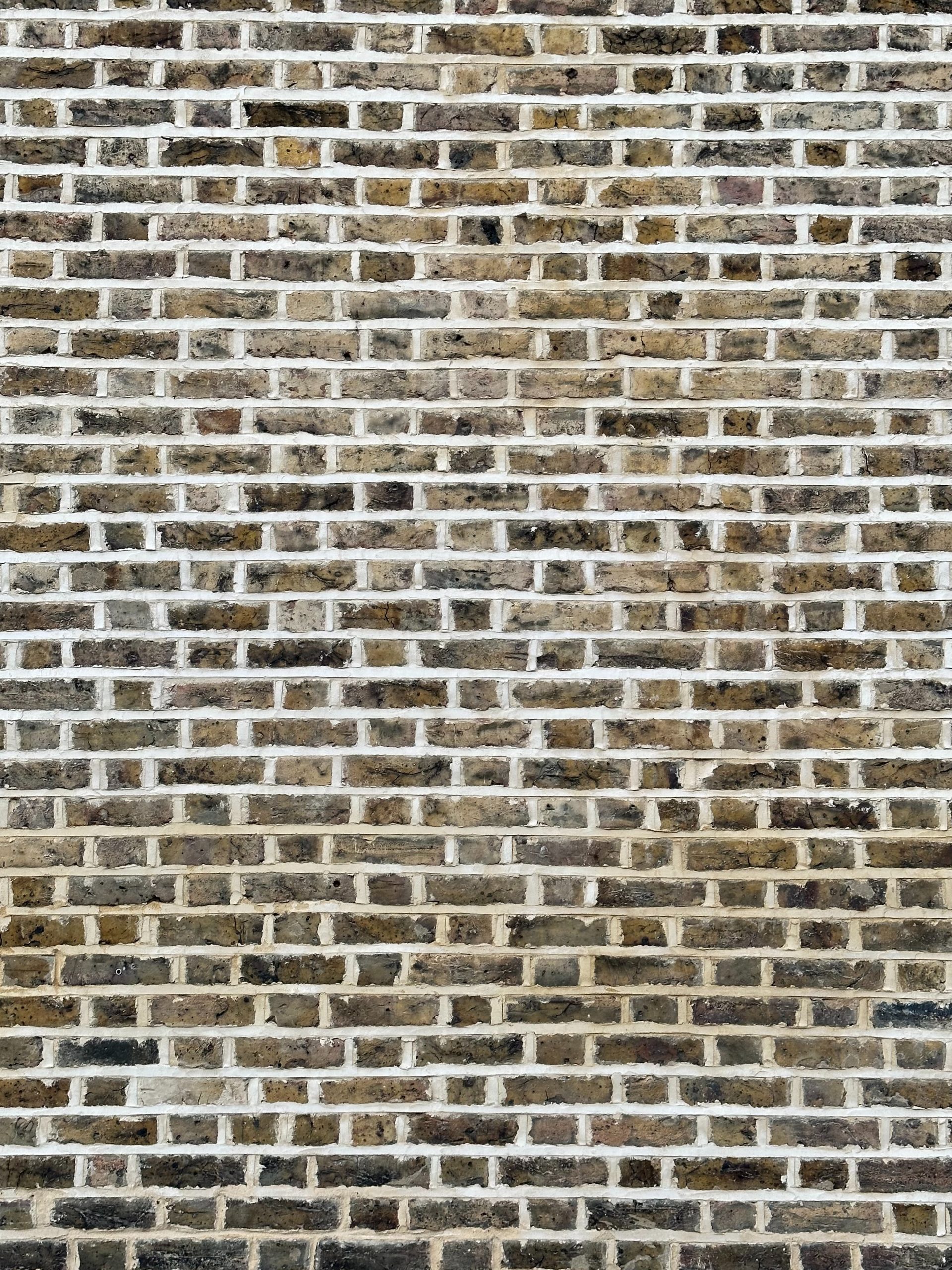Victorian homes are renowned for their timeless charm and architectural elegance, and if you’re fortunate to own one in North London, preserving its character is undoubtedly a priority. Over time, the external walls of these iconic houses can start showing signs of wear and tear, with crumbling mortar and deteriorating brickwork. Repointing, a crucial restoration process, not only revitalizes your home’s aesthetics but also ensures its structural integrity. In this blog post, we’ll delve into the art of repointing Victorian external walls and how it can breathe new life into your North London house.
- Understanding the Need for Repointing:
A typical North London Victorian house boasts intricate brickwork and a striking façade that deserves the utmost care. Repointing becomes necessary when the mortar between the bricks begins to deteriorate, resulting in gaps, cracks, and potential water infiltration. This process, which involves removing the old mortar and replacing it with fresh mortar, is more than just a cosmetic enhancement; it’s a vital maintenance step.
- Assessment and Preparation:
Before embarking on repointing, a thorough assessment of your home’s external walls is essential. A professional assessment will help identify areas with compromised mortar and determine the appropriate course of action. Preparation involves protecting adjacent surfaces, clearing debris, and possibly using specialized tools to remove the old mortar.
- Matching the Mortar:
One of the key aspects of repointing is matching the new mortar to the existing mortar’s composition. Victorian houses often used lime-based mortar, which differs from modern cement-based mixes. Achieving a seamless blend between the old and new mortar ensures a consistent aesthetic while maintaining historical accuracy.
- Precision and Craftsmanship:
Repointing is a meticulous craft that requires skill and precision. Each brick and joint must be carefully considered to achieve the desired result. The depth and profile of the joints, as well as the consistency of the mortar mix, play a role in the final outcome.
- Preserving Historical Character:
North London’s Victorian houses boast unique architectural details that contribute to the neighborhood’s charm. Repointing is an opportunity to restore these details and ensure that the house remains an authentic representation of its era. Skilled artisans can replicate the original joint profiles and create a finished product that seamlessly integrates with the existing structure.
- Weather Protection:
One of the primary benefits of repointing is improved weather resistance. Fresh mortar fills gaps, preventing water from seeping into the walls and causing damage. This protection helps prolong the life of your home’s façade and safeguards against issues like dampness and erosion.
- Boosting Curb Appeal:
The visual impact of repointing is undeniable. A restored exterior elevates your home’s curb appeal, making it a standout property in your North London neighborhood. The clean lines and fresh appearance of repointed walls can transform the overall aesthetic of your house.
- Investment in Longevity:
Repointing is an investment in the longevity of your North London home. By addressing deteriorating mortar promptly, you can prevent more extensive damage that might necessitate costly repairs in the future. Additionally, a well-maintained façade contributes to the overall value of your property.
Conclusion:
Repointing Victorian external walls in your North London house is a testament to your commitment to preserving history and maintaining your home’s charm. This restoration process not only enhances aesthetics but also safeguards against structural issues. By embracing the art of repointing, you’re playing an active role in the preservation of North London’s architectural heritage while ensuring your home stands proudly for generations to come.
